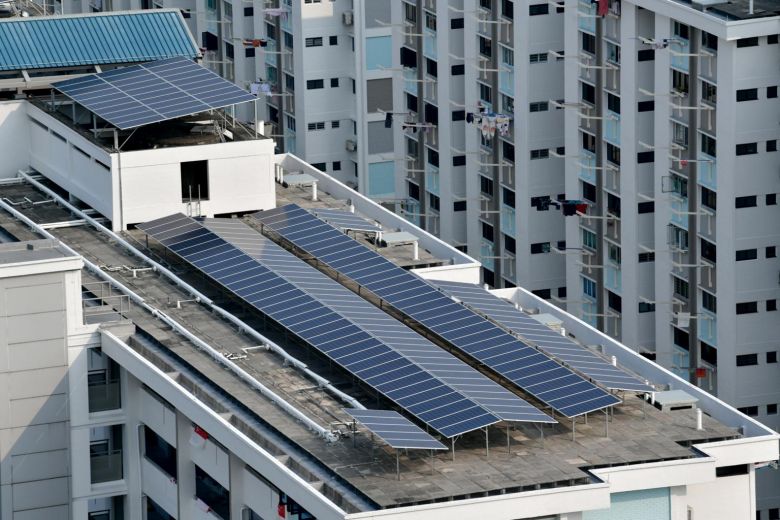Singapore to develop 1st virtual power plant to link, coordinate energy resources

SINGAPORE — Electricity produced by distributed energy resources such as solar installations and energy storage systems in Singapore may soon be coordinated to function like a single power station.
This would be made possible by the development of a virtual power plant (VPP) which brings about greater flexibility and scalability to the power grid, the Energy Market Authority (EMA) and Sembcorp Industries (Sembcorp) said in a joint release on Tuesday (Oct 8).
It would also allow for more clean and distributed energy resources like solar to be integrated into Singapore’s energy mix.
The EMA and Sembcorp have jointly awarded a grant to Nanyang Technological University (NTU) to develop Singapore’s first VPP, which is targeted for completion by 2022.
The project will be headed by Dr Koh Liang Mong of the Energy Research Institute @ NTU.
The grant, which was awarded on Monday, is part of a $10 million partnership between the EMA and Sembcorp which was renewed last year to develop new capabilities in Singapore’s energy sector. The size of the grant was not disclosed.
Energy fluctuations due to intermittent solar power could be automatically balanced out by the VPP, the EMA and Sembcorp said.
The system would also be equipped with demand forecasting and optimisation algorithms that take into account Singapore’s power grid and market conditions.
The two organisations added that the VPP could also enhance the resilience of Singapore’s power grid, as the distributed layout of the system would enable faults to be quickly isolated, limiting loss of power to users.
EMA chief executive Ngiam Shih Chun said: “The energy landscape is changing and we need solutions that support our economic growth while safeguarding our environment at the same time.”
Solutions like the VPP will help Singapore integrate cleaner energy sources into our system, he noted.
Mr Matthew Friedman, chief digital officer at Sembcorp, said in a statement: “A virtual power plant will benefit Singapore through aggregation of renewable and energy storage resources to more efficiently meet the energy and sustainability needs of the nation.”